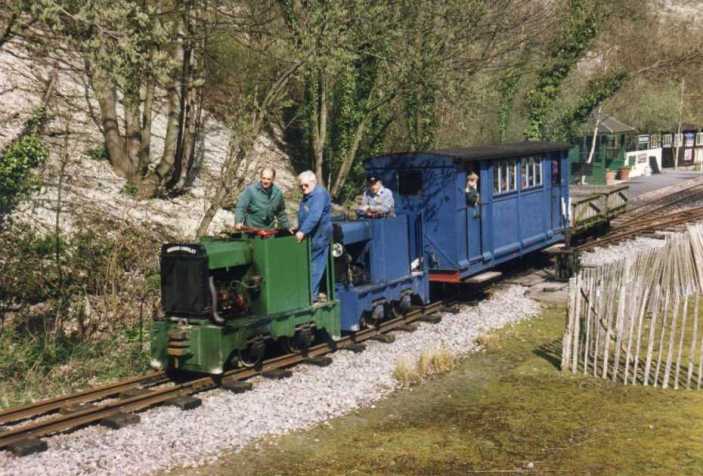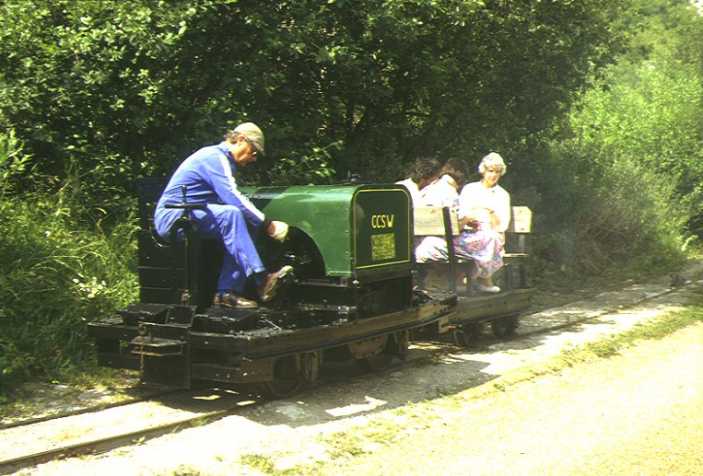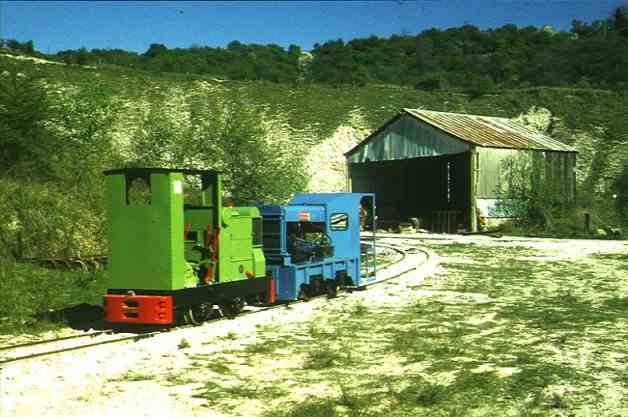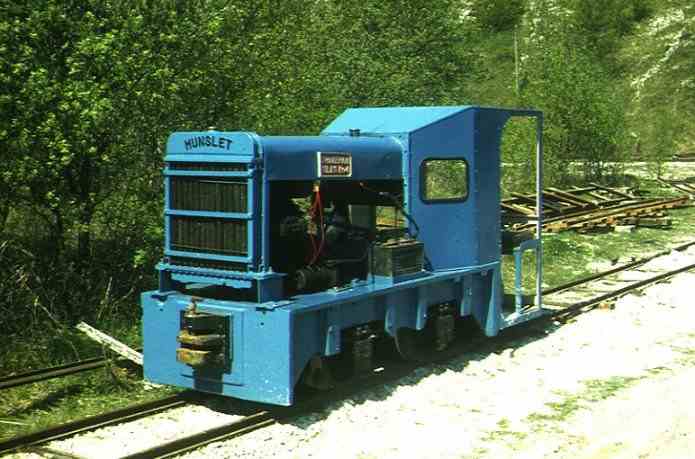
History of the collection

|
The Industrial Railway Collection at the Amberley Museum in West Sussex has become one of the most important collections of industrial railway equipment in the UK. The history of the collection actually goes back further than even the initial concept of the Museum at Amberley with the formation of the Brockham collection and acquisitions by the Narrow Gauge Railway Society during the 1950s and 1960s. Industrial railways have a fascination of their own. Main stream gricing it most definitely is not, but we are all allowed our little fetishes, aren't we? (And that's the only one I'm telling you about!)
Initially the collection at Amberley was envisaged as a small operation, demonstrating typical industrial narrow gauge trains. The first locomotive to arrive on site was the Motor Rail Hibberd 1980/1936, donated to the Museum by Southern Water and previously used at the City of Chichester Sewage Works at Apuldram, to the south of the City. Restoration, which included the removal of several layers what looked like mud but probably wasn't(!), was started by the late Peter Holland and after his death continued by Chas Thomas - seen here driving the locomotive on the occasion of the official recommissioning with members of Peter Holland's family on the "man-rider" wagon.
The first locomotive to actually run under its own power at Amberley was Peter Smith's Ruston & Hornsby 187081/1937, seen here shortly after its rebuilding. Note that the Museum was, at that time, very undeveloped - the corrugated building in the background is now our main railway workshops in which much of our maintenance and restoration work was and still is carried out.
Finally, in 1982, the local Thakeham Tiles company decided to dispense with their short narrow gauge railway in favour of a conveyor belt system (still in use for any conveyor belt gricers to see - is there such a person?). The company donated the entire railway, track, wagons and locos to the Museum on condition that they removed the whole thing over one weekend! It was done. Some of the track, one of the locos and the wagons are still in use at Amberley today. Thakeham Tiles No.4 is Hudson Hunslet 3653/1946. The rear end was rebuilt by Thakeham Tiles to enable the locomotive to enter a low building containing a wagon unloading hopper. Hudson Hunslet 2208/1941 - Thakeham Tiles No.3 is also part of the collection. This originally worked at the Trevor Quarry Co in North Wales and after purchase by Thakeham Tiles, received the same cab modifications as No.4. Unless we can get spare parts for the Ailsa Craig engine, this second one is unlikely to run again for a very long time. This was originally as far as development of the collection was to go until in 1982 the collection of industrial and narrow gauge items, formerly kept at the Brockham Museum's site near Dorking, was brought to Amberley when the Brockham Museum Trust found they were unable to develop further due, mainly, to access problems. With it came many interesting locomotives, rolling stock and sundry related items and the much enlarged collection has become one of the most significant in the UK. It also resulted in the railway collection at Amberley taking a completely new direction in that a passenger carrying line was proposed and built. This remains the most public face of the collection. The Brockham collection included two 2ft gauge steam locomotives, Polar Bear and Peter, both at that time in varying states of disrepair. Restoration of both was subsequently completed at Amberley. The collection included some enthusiastic volunteers several of whom are still part of our volunteer workforce on the railway. And the rest, as they say, is history. There's a couple of old pages of loco histories and photographs here that I hadn't got the heart to delete. However, most of it has been covered and updated elsewhere. © Gerry Cork & Amberley Working Museum - February 2000 Revised October 2012 - Home - |


